Science Autonomy and Intelligent Systems on the ExoMars Mission
- 1NASA Goddard Space Flight Center, Planetary Environments Laboratory, Greenbelt, MD 20771 (victoria.dapoian@nasa.gov)
- 2Southeastern Universities Research Association, Washington, DC 20005
- 3Microtel LLC,
- 4University of Maryland, Baltimore County, Baltimore, MD 21250
- 5Danell Consulting, Inc., Winterville, NC 28590
The majority of planetary missions return only one thing: data. The volume of data returned from distant planets is typically minuscule compared to Earth-based investigations, volume decreasing further from more distant solar system missions. Meanwhile, the data produced by planetary science instruments continue to grow along with mission ambitions. Moreover, the time required for decisional data to reach science and operations teams on Earth, and for commands to be sent, also increases with distance. To maximize the value of each bit, within these mission time and volume constraints, instruments need to be selective about what they send back to Earth. We envision instruments that analyze science data onboard, such that they can adjust and tune themselves, select the next operations to be run without requiring ground-in-the-loop, and transmit home only the most interesting or time-critical data.
Recent developments have demonstrated the tremendous potential of robotic explorers for planetary exploration and for other extreme environments. We believe that science autonomy has the potential to be as important as robotic autonomy (e.g., roving terrain) in improving the science potential of these missions because it directly optimizes the returned data. On- board science data processing, interpretation, and reaction, as well as prioritization of telemetry, therefore, comprise new, critical challenges of mission design.
We present a first step toward this vision: a machine learning (ML) approach for analyzing science data from the Mars Organic Molecule Analyzer (MOMA) instrument, which will land on Mars within the ExoMars rover Rosalind Franklin in 2023. MOMA is a dual-source (laser desorption and gas chromatograph) mass spectrometer that will search for past or present life on the Martian surface and subsurface through analysis of soil samples. We use data collected from the MOMA flight-like engineering model to develop mass-spectrometry- focused machine learning techniques. We first apply unsupervised algorithms in order to cluster input data based on inherent patterns and separate the bulk data into clusters. Then, optimized classification algorithms designed for MOMA’s scientific goals provide information to the scientists about the likely content of the sample. This will help the scientists with their analysis of the sample and decision-making process regarding subsequent operations.
We used MOMA data to develop initial machine learning algorithms and strategies as a proof of concept and to design software to support intelligent operations of more autonomous systems in development for future exploratory missions. This data characterization and categorization is the first step of a longer-term objective to enable the spacecraft and instruments themselves to make real-time adjustments during operations, thus optimizing the potentially complex search for life in our solar system and beyond.
How to cite: Da Poian, V., Lyness, E., Trainer, M., Li, X., Brinckerhoff, W., and Danell, R.: Science Autonomy and Intelligent Systems on the ExoMars Mission, Europlanet Science Congress 2020, online, 21 Sep–9 Oct 2020, EPSC2020-1114, https://doi.org/10.5194/epsc2020-1114, 2020.

